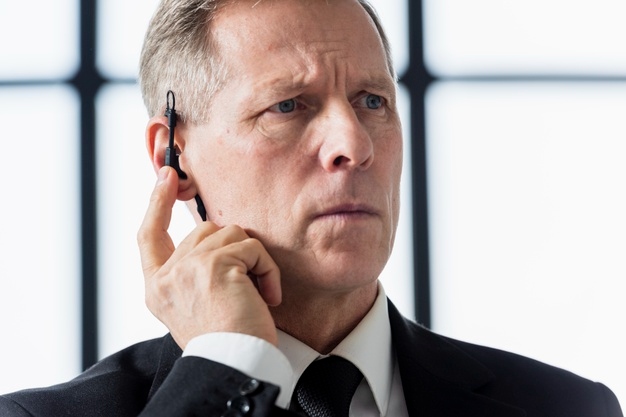Do Not Miss Out On Key Aspects Before Hiring Unarmed or Armed Guards In San Bernardino

When a customer hires a security firm he has every right to expect the firm will offer him a well-trained officer who will respond adequately in an emergency. However, as several security agency clients know all too well, this is not always the case?
What are some of the indications that should warn the client regarding the unprofessionalism or ill-preparedness of his security guard? Here are just a few possible tip-offs.
The inappropriate or over-the-top conduct of the security officer during minor security incidents should raise the client’s level of concern. If the officer becomes emotional or aggressive throughout a minor incident then he’s almost certain to handle a larger incident in an unprofessional and unskilled manner. The officer who aggressively attempts to enforce even the most minor of rules and quickly loses patience with those who commit the most minor of offense likely takes his responsibilities too seriously. If these minor infractions cause the officer to lose his professionalism then more important security incidents are almost certain to do the same.
The appearance of the officer’s uniform is the foremost indicator of the skilled officer. There are the most obvious things such as the tucked-in shirt and clean shirt and pants. Should an office fail this test then he likely has no business working in the industry? A professional officer cares greatly concerning his appearance. He understands that a strong appearance instills the public’s confidence in his services. And, unless he has a nice excuse, there simply will not be many reasons for why he would allow his uniform to become disheveled.
There are more subtle uniform-oriented signs which reflect on the officer’s training. For example, the armed guards San Bernardino officer will usually times maintain a series of force continuum weapons on his duty belt. This array of tools will sometimes extend around the officer’s weapon which will be housed in a holster at the point his gun hand reaches his belt. Notice how these weapons are aligned. The well-trained officer offers a lot of thought to their placement. Are they aligned in a coordinated manner where each weapon is quickly accessible by the officer? Officers are trained to never place any item such as handcuffs against their spinal column. To do so risks great injury to the officer should he fall backward? A security officer whose handcuffs are aligned right down the middle of his spine is sending the signal that he may not have paid attention during his security training. Did he also fail to concentrate on other vital components of the training?